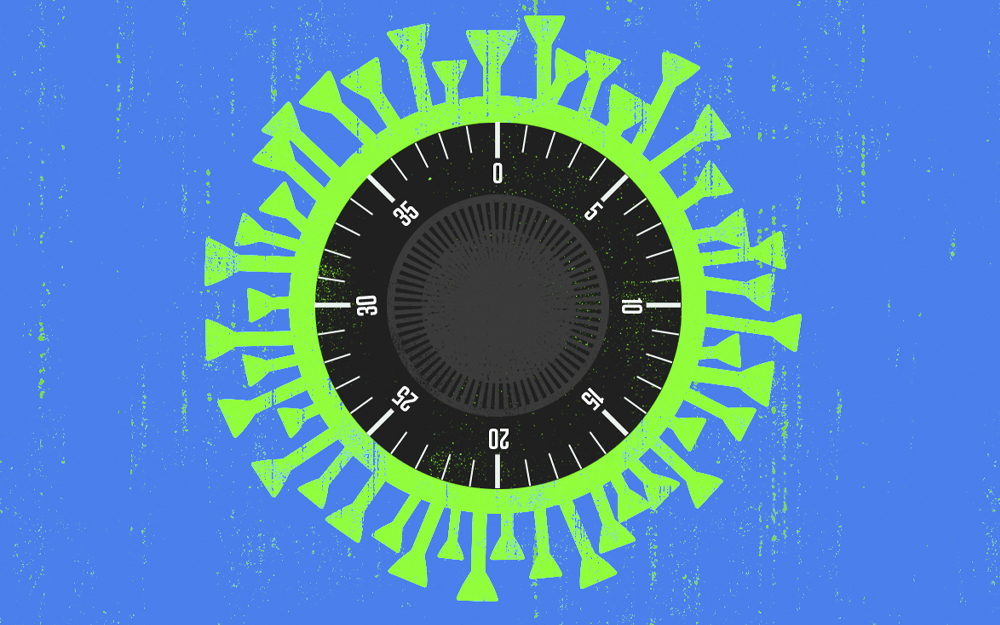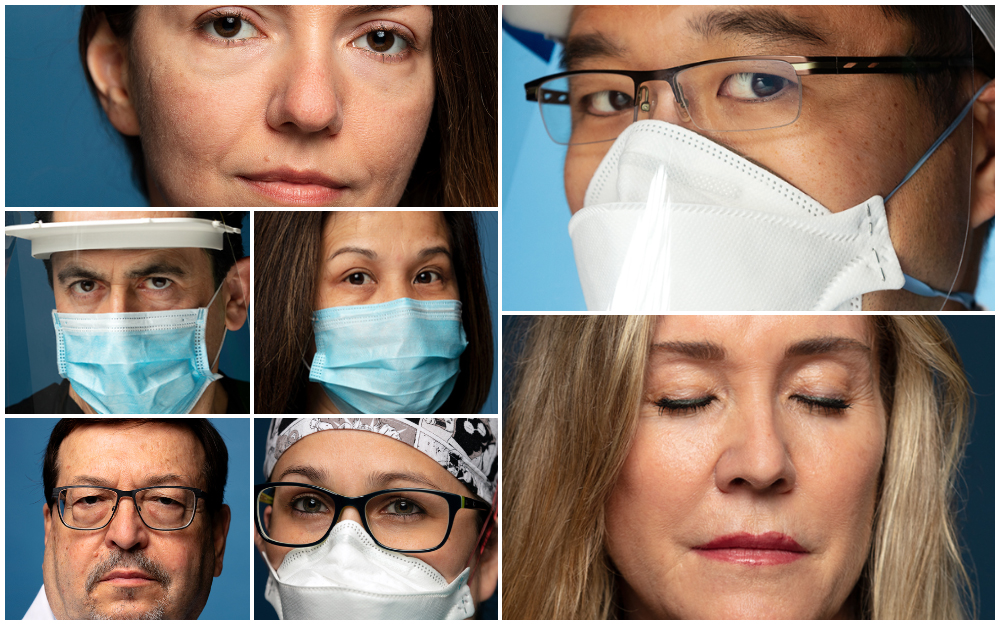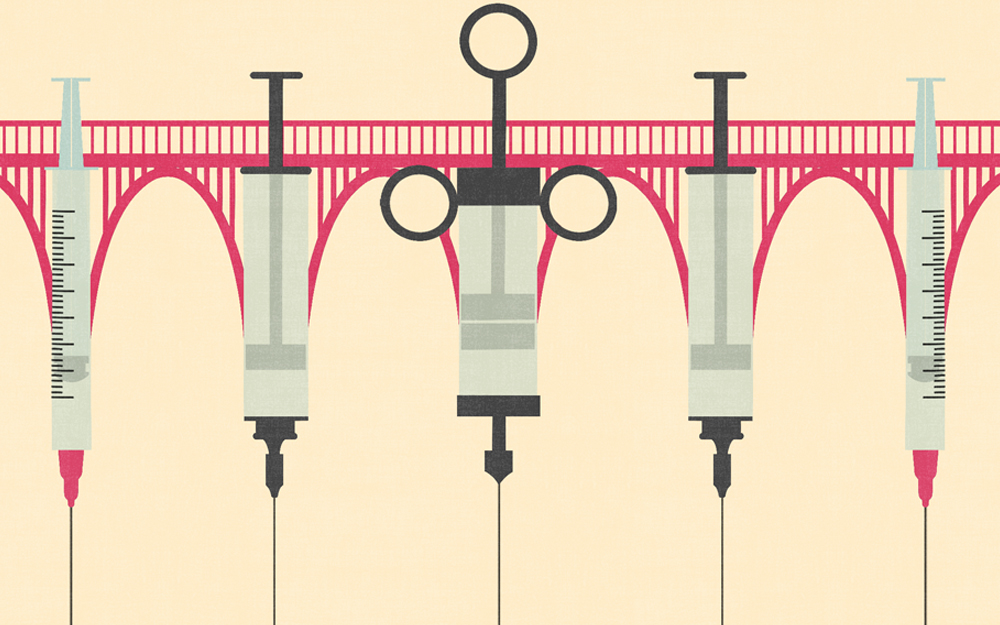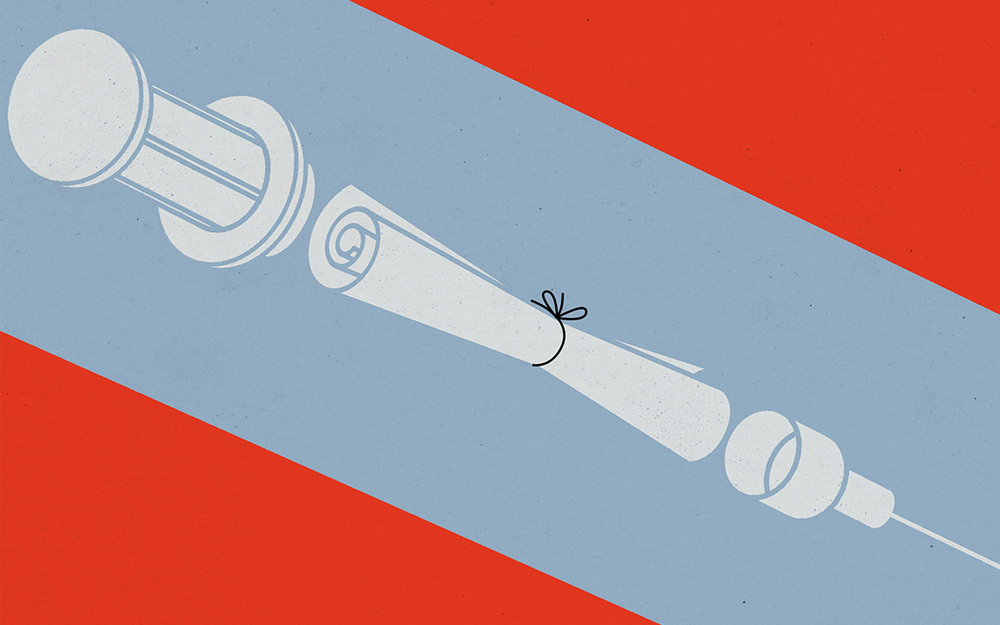Mapping COVID-19 Risk
Date
February 24, 2021
Credits

Date
February 24, 2021
Credits
Medical providers featured in this article
In Brief
{{cta-block}}
Of all the ways to sort and categorize public health data, maps can be uniquely effective in highlighting disparities. One researcher plotted COVID-19 severity risk on a map of Los Angeles County—and found clear geographic distinctions.
“When you look at a map, you really see clear disparities. We don’t want to see these clusters of poor health. We want health equity.”
— Loraine Escobedo, PhD, MPH
Loraine Escobedo, PhD, MPH, developed the interactive tool using publicly available data from the U.S. Census Bureau and the Centers for Disease Control and Prevention. She calculated risk based on neighborhood prevalence of several underlying medical conditions as well as which locations had the highest populations of residents 65 and over. One function of the map compares risk score with concentrations of race and ethnicity, percentage of people living below the poverty level and prevalence of people in occupations that make them likely to come into close contact with people outside their home.
“When you look at a map, you really see clear disparities,” Escobedo says. “We don’t want to see these clusters of poor health. We want health equity.”
Escobedo is an epidemiologist at the Cedars-Sinai Cancer Research Center for Health Equity, which traditionally focuses on population-based cancer-prevention strategies but expanded its focus during the pandemic.
The map is helping the research center prioritize outreach and share reliable, targeted prevention information with partners at churches and community organizations in areas with higher risk scores, such as South Los Angeles, East Hollywood and Pico Union.





